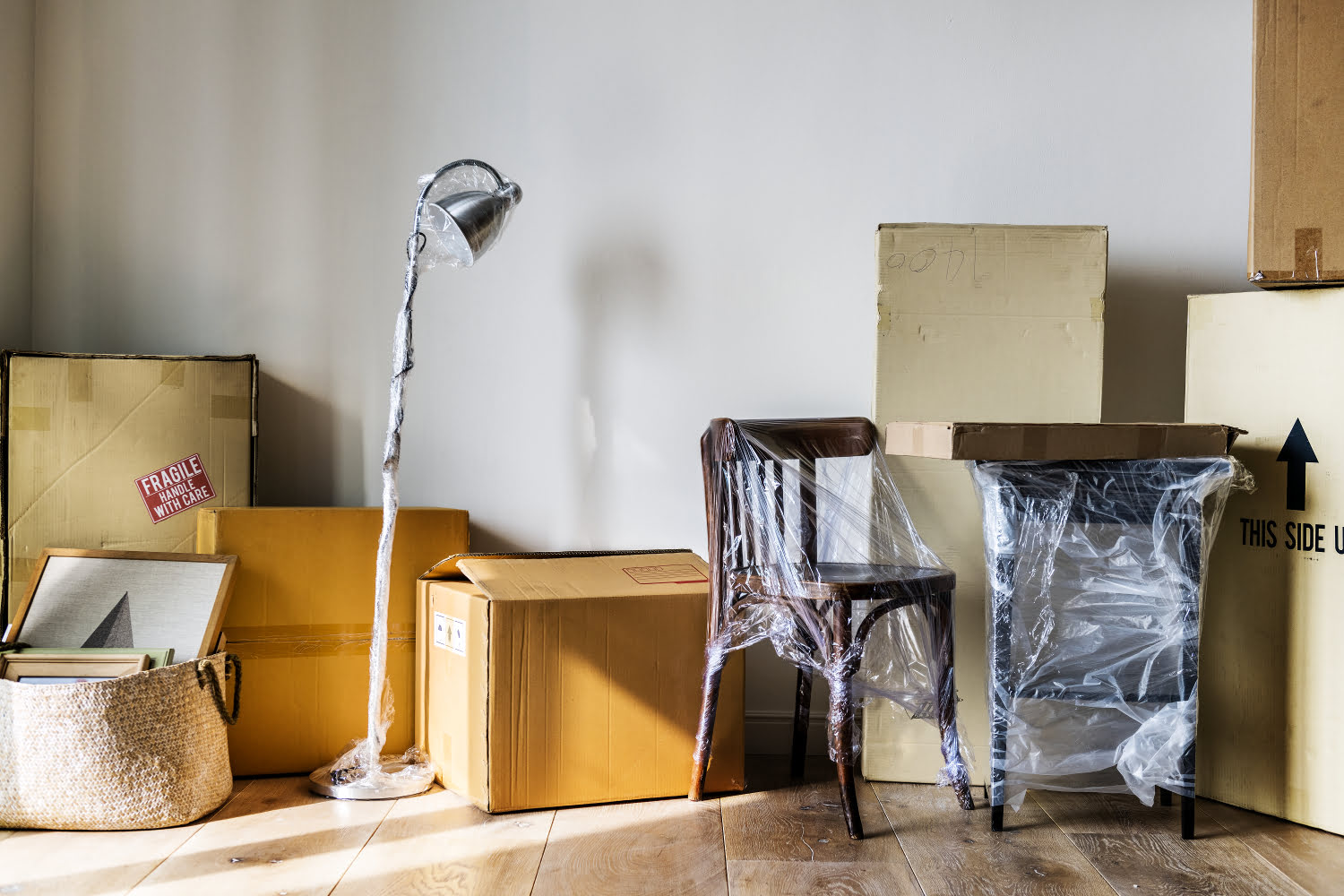

Articles
How To Store Furniture
Modified: January 20, 2024
Learn effective techniques to store furniture in this collection of informative articles. Simplify your moving process and preserve the quality of your furniture.
(Many of the links in this article redirect to a specific reviewed product. Your purchase of these products through affiliate links helps to generate commission for Storables.com, at no extra cost. Learn more)
Introduction
When it comes to storing furniture, proper planning and preparation are key. Whether you are downsizing, moving to a new home, or simply need to clear some space, knowing how to store furniture correctly can help preserve its condition and ensure it remains in good shape for future use.
Storing furniture requires careful consideration of several factors, including assessing the furniture, cleaning and preparing it for storage, disassembling if necessary, choosing the right storage space, wrapping and protecting it, organizing and stacking in storage, and monitoring and maintaining its condition.
In this article, we will guide you through the process of storing furniture effectively and safely. By following these steps and implementing best practices, you can safeguard your furniture and maintain its value during the storage period.
Key Takeaways:
- Properly assessing, cleaning, and preparing furniture before storage is crucial to maintaining its condition and longevity. Disassembling and choosing the right storage space further safeguard the furniture.
- Strategic wrapping, organizing, and regular monitoring of furniture in storage are essential for preventing damage and ensuring its preservation. Following best practices and tips can maximize the safety and longevity of stored furniture.
Read more: How To Store Furniture Outside
Assessing Furniture for Storage
Before you begin storing your furniture, it’s essential to assess each piece to determine its condition and suitability for storage. This step will help you identify any pre-existing damage, vulnerabilities, or special requirements for storing specific items.
Here are some key points to consider when assessing your furniture for storage:
- Examine the overall condition: Check for any existing damage, such as scratches, dents, or loose joints. Take note of these issues and consider repairing them before storing the furniture.
- Check for signs of pests or infestation: Inspect the furniture for any signs of pests, such as termites, bed bugs, or mice. If you notice any infestation, it’s essential to address the problem before storing the furniture to prevent further damage.
- Consider the material and construction: Different materials, such as wood, fabric, or leather, require specific storage conditions. Take into account the construction of the furniture, as delicate or fragile pieces may need extra care and protection.
- Evaluate the size and weight: Measure the dimensions of each piece of furniture and consider its weight. This information will help you determine the appropriate storage space and assist in the disassembly process if necessary.
- Assess the sentimental or monetary value: Consider the sentimental or monetary value of the furniture. If it holds sentimental significance or is an antique or valuable piece, you may want to take extra precautions to protect it during storage.
By thoroughly assessing your furniture, you can identify any potential issues and take the necessary steps to address them before storing. This will help preserve the condition and longevity of your furniture while in storage.
Cleaning and Preparing Furniture for Storage
Before you store your furniture, it’s crucial to clean and prepare it properly to prevent damage and maintain its condition throughout the storage period. Cleaning and preparing your furniture will help remove dirt, dust, and any other substances that could potentially cause staining or deterioration.
Here are some steps to follow when cleaning and preparing your furniture for storage:
- Dust and vacuum: Start by dusting off the furniture using a soft cloth or a brush. Pay special attention to crevices, corners, and intricate details. Vacuum upholstered furniture to remove any loose debris.
- Clean surfaces: Use appropriate cleaning products suitable for the material of your furniture. For wooden furniture, use a mild detergent mixed with water and a soft cloth to gently clean the surfaces. For upholstered furniture, check the manufacturer’s instructions for recommended cleaning methods.
- Remove stains: If you notice any stains on your furniture, try to remove them before storage. Use stain removers or gentle cleaning solutions specific to the material to treat the stains. Test the cleaning product on a small, inconspicuous area first to ensure it does not damage the material.
- Protect wood finishes: Apply a thin layer of furniture polish or wax to wooden furniture to protect the finish during storage. This will help prevent drying or cracking of the wood.
- Consider upholstery protection: To protect upholstered furniture, consider using fabric protectors or covers specifically designed for storage. These covers will help shield the fabric from dust, dirt, and potential damage.
- Allow ample drying time: Ensure that the furniture is completely dry before storing it. Moisture can lead to mold or mildew growth, causing damage to the furniture. Allow sufficient drying time, especially for upholstery or cushions.
By cleaning and preparing your furniture before storage, you can maintain its cleanliness and prevent any potential damage or deterioration while it is not in use. Taking the time to properly prepare your furniture will ensure that it remains in good condition throughout the storage period.
Disassembling Furniture for Storage
Disassembling furniture before storing can provide several benefits. It allows for easier transportation, maximizes space utilization in the storage area, and reduces the risk of damage during moving and storing. However, not all furniture pieces are designed to be disassembled, so it’s important to determine which items can be safely taken apart.
Here are some guidelines to follow when disassembling furniture for storage:
- Refer to the manufacturer’s instructions: If available, consult the manufacturer’s instructions for disassembling the furniture. They should provide specific guidance on how to safely take apart the item without causing damage.
- Take pictures and label components: Before disassembling, take pictures of the furniture from different angles. This will serve as a reference when reassembling. Additionally, label each component or take note of the order of disassembly to ensure correct reassembly later on.
- Gather the necessary tools: Prepare the appropriate tools for disassembly, such as screwdrivers, Allen wrenches, or pliers. Having the right tools on hand will make the process easier and prevent damage to the furniture.
- Remove movable parts: Begin by removing any removable parts such as cushions, drawers, shelves, or legs. Wrap these parts separately and label them accordingly to ensure they stay organized and protected during storage.
- Disassemble larger components: Proceed to disassemble larger components such as table legs, bed frames, or shelving units. Carefully remove screws or bolts, keeping them in a labeled bag or container to avoid misplacing them.
- Wrap and protect disassembled pieces: Once furniture components have been disassembled, it’s important to wrap and protect them individually to prevent scratches or dents. Use furniture blankets, bubble wrap, or moving blankets to safeguard the disassembled pieces.
Remember to keep all hardware, including screws, bolts, and other small components, together in a clearly labeled bag or container. This will ensure that everything stays organized and can be easily located when it’s time to reassemble the furniture.
By disassembling furniture before storage, you can make the most efficient use of your storage space while minimizing the risk of damage during the moving and storing process.
Choosing the Right Storage Space
Choosing the right storage space can have a significant impact on the condition and longevity of your furniture. It’s important to consider various factors when selecting a storage facility to ensure that your furniture remains safe, secure, and well-preserved during its time in storage.
Here are some key considerations when choosing the right storage space for your furniture:
- Climate control: Opt for a storage facility that offers climate control. Extreme temperature fluctuations and high humidity can damage furniture, causing warping, cracking, or mold growth. Climate-controlled units maintain a consistent temperature and humidity level, providing optimal conditions for furniture storage.
- Security measures: Look for a storage facility that provides adequate security measures. This may include security cameras, gated access, individual unit alarms, and on-site personnel. Ensure that your furniture will be protected from theft and unauthorized access.
- Size and accessibility: Evaluate the size of the storage unit to ensure it can accommodate your furniture comfortably. Consider the accessibility of the unit, such as wide hallways, elevators, or ground-level access, especially if you have large or bulky furniture items.
- Cleanliness and maintenance: Inspect the cleanliness and overall maintenance of the storage facility. Clean, well-maintained spaces reduce the risk of pests and provide a better environment for your furniture.
- Insurance options: Inquire about insurance options provided by the storage facility. While taking precautions is essential, having insurance coverage can offer added peace of mind in case of unforeseen events or accidents.
- Location: Consider the location of the storage facility in relation to your home or place of business. Choose a convenient location that allows for easy access whenever you need to retrieve or add items to your storage unit.
Take the time to visit potential storage facilities to assess their suitability. Ask questions, read reviews, and compare options before making a decision. By choosing the right storage space, you can ensure the safety and preservation of your furniture while it is in storage.
To store furniture, disassemble if possible, clean thoroughly, and wrap in protective materials like moving blankets or plastic wrap. Store in a dry, climate-controlled space to prevent damage.
Read more: How To Store Furniture In Storage
Wrapping and Protecting Furniture for Storage
Properly wrapping and protecting your furniture is essential to prevent damage during storage. Whether you’re storing furniture for a short period or long-term, taking the time to adequately wrap and protect your items will help keep them in optimal condition. Here are some steps to follow:
- Clean and dry: Ensure that your furniture is clean and completely dry before wrapping. Any dirt or moisture left on the furniture can lead to mold or mildew growth during storage.
- Disassemble if possible: If your furniture is capable of being disassembled, carefully take it apart following the manufacturer’s instructions. This can reduce the risk of damage and make wrapping and storage more manageable.
- Wrap in blankets or furniture pads: Use furniture blankets or pads to wrap larger pieces of furniture such as sofas, tables, or dressers. These protective coverings will provide a layer of cushioning and prevent scratches or dents.
- Secure with plastic wrap or shrink wrap: After wrapping with blankets or pads, use plastic wrap or shrink wrap to secure and protect the furniture further. Start at one end and wrap tightly around the furniture, ensuring all exposed surfaces are covered. This will provide an additional layer of protection from dust, dirt, and moisture.
- Cover with plastic furniture covers: For items that cannot be wrapped in blankets or pads, such as mattresses or upholstered chairs, use plastic furniture covers or mattress bags. These covers will shield the furniture from dust and moisture while allowing airflow to prevent condensation.
- Protect delicate surfaces: For furniture with delicate surfaces, such as glass or polished wood, use bubble wrap or foam sheets to provide extra protection. Wrap these items individually and secure them with tape to prevent any shifting during transport and storage.
- Secure drawers and doors: If you’re storing furniture with drawers or doors, tape them shut or secure them with furniture straps to prevent them from opening during transport or shifting in storage.
- Avoid stacking heavy items on delicate pieces: When organizing your storage unit, be mindful of how you stack your furniture. Avoid placing heavy items on top of delicate pieces to prevent any potential damage or deformation.
By following these steps and taking the time to properly wrap and protect your furniture, you can minimize the risk of scratches, dents, and other damage during storage. Remember to label or mark the wrapped items to make them easily identifiable when you need to retrieve them from storage.
Stacking and Organizing Furniture in Storage
Stacking and organizing your furniture properly in storage is crucial for maximizing space utilization and ensuring the safety of your items. By following a strategic approach, you can prevent damage and make it easier to access specific pieces when needed. Here are some tips for stacking and organizing furniture in storage:
- Create a plan: Before you start moving furniture into the storage unit, create a plan for how you will arrange and stack the items. This will help you visualize the layout and ensure efficient use of space.
- Start with a sturdy base: Place larger, heavier items on the bottom as a solid base. This will provide stability and support for the stack.
- Use pallets or boards: To protect furniture from ground moisture, consider placing pallets or boards on the floor of the storage unit. This will create a barrier between your furniture and any potential dampness.
- Disassemble when possible: If you have disassembled furniture, stack the components separately to save space. Keep hardware and small pieces in labeled bags and tape them securely to the corresponding furniture piece.
- Leave walkways: When stacking furniture, create clear walkways for easy access to different items in the storage unit. This will make it convenient to retrieve specific pieces without having to move everything around.
- Stack similar-sized items together: Group furniture of similar sizes together to create stable stacks. This will prevent items from shifting and potentially falling over during storage.
- Protect with furniture blankets or pads: Place furniture blankets or pads between stacked items to provide cushioning and prevent scratches or damage.
- Fill empty spaces: Fill any gaps within the stacks with smaller items or packing materials to ensure stability and prevent items from shifting during storage.
- Avoid overloading: Be mindful of weight limits and load-bearing capacity when stacking furniture. Avoid exceeding weight limits specified by the storage facility to prevent accidents and damage.
- Label and inventory: Clearly label each stack or piece of furniture to make it easier to locate specific items later on. Consider creating an inventory list of the items in storage for reference.
Remember to consider the accessibility of items you may need sooner rather than later. Keep frequently used items towards the front of the storage unit for easy retrieval.
By following these stacking and organizing tips, you can optimize your storage space and ensure the safety of your furniture during the storage period.
Monitoring and Maintaining Furniture in Storage
While your furniture is in storage, it’s important to regularly monitor and maintain its condition to ensure it stays in optimal shape. By implementing proper monitoring and maintenance practices, you can prevent damage and address any issues promptly. Here are some tips for monitoring and maintaining furniture in storage:
- Check periodically: Schedule regular visits to the storage unit to inspect your furniture. Look for signs of damage, pests, or any changes in condition. Catching potential issues early can help prevent further damage.
- Keep it clean: Dust and clean your furniture periodically while it’s in storage. Use a soft cloth or duster to remove any accumulated dust. Ensure that your furniture remains clean and free from dirt or debris.
- Address moisture or humidity concerns: Monitor the humidity levels in the storage unit. Excess moisture can lead to mold or mildew growth, causing damage to your furniture. Consider using moisture absorbers or desiccant packs to maintain optimal humidity levels.
- Inspect for pests: Regularly check for signs of pests such as insects or rodents. Look for droppings, gnaw marks, or any other indications of infestation. If you notice any pest activity, take immediate measures to eliminate them and protect your furniture.
- Reposition if necessary: If you notice any furniture items leaning or shifting, adjust them to ensure stability. Unwanted movement can lead to scratches, dents, or even toppling over of furniture.
- Address any damage promptly: If you discover any damage during your inspections, address it as soon as possible. Take necessary steps for repairs or seek professional assistance if needed. Prompt action can help prevent existing damage from worsening.
- Consider climate control maintenance: If you opted for a climate-controlled storage unit, ensure that the system is functioning correctly during your visits. Report any issues to the storage facility management to resolve them promptly.
- Keep records and documentation: Maintain a record of your stored furniture, including photographs, receipts, or appraisals. This documentation can be helpful for insurance purposes or in the event of any claims or disputes.
- Review storage conditions periodically: Check for any changes in the storage conditions that may affect your furniture, such as leaks, ventilation issues, or pest activity in the storage facility. Communicate any concerns to the facility management immediately.
By regularly monitoring and maintaining your furniture in storage, you can identify and address any issues promptly, ensuring that your furniture remains in good condition throughout the storage period.
Furniture Storage Tips and Best Practices
When it comes to storing furniture, following some key tips and best practices can help ensure the longevity and preservation of your items. By implementing these practices, you can minimize the risk of damage and make the most efficient use of your storage space. Here are some furniture storage tips and best practices:
- Take accurate measurements: Measure your furniture beforehand to ensure that you select an appropriately sized storage unit. This will prevent any inconvenience or the need for last-minute adjustments.
- Label and organize: Clearly label each item or stack of furniture to make it easier to locate specific pieces when needed. Keep an inventory list of the furniture in storage for reference.
- Use quality packing materials: Invest in high-quality packing materials such as furniture blankets, plastic wrap, and bubble wrap. These materials provide the necessary protection against dust, moisture, and potential damage during storage.
- Avoid direct contact with the floor: Place furniture on pallets or boards to prevent direct contact with the floor. This helps protect against ground moisture or any potential water damage.
- Add moisture absorbers: To prevent excessive moisture buildup, consider using moisture absorbers or desiccant packs in the storage unit. These can help maintain optimal humidity levels and prevent mold or mildew growth.
- Avoid wrapping furniture in plastic: While plastic wrap can be useful to secure furniture components, avoid wrapping furniture entirely in plastic. This can trap moisture and lead to condensation, potentially causing damage to your furniture.
- Do not stack too high: Avoid stacking furniture items too high to prevent the risk of items toppling over or becoming unstable. A stable and well-organized stack will minimize the potential for accidents.
- Allow for ventilation: Ensure there is adequate air circulation within the storage unit. This can help prevent moisture buildup and keep the furniture in better condition during storage.
- Check insurance coverage: Review your insurance policy to ensure that your stored furniture is adequately covered. Consider purchasing additional coverage if necessary.
- Beware of temperature extremes: If storing in a non-climate-controlled unit, be aware of extreme temperature fluctuations. Avoid storing sensitive items in environments that can lead to damage, such as excessive heat or freezing temperatures.
- Consider professional storage services: If you have valuable or delicate furniture, consider utilizing professional storage services that specialize in handling and preserving furniture items. They have the expertise and facilities to ensure the best care for your furniture.
By following these furniture storage tips and best practices, you can maximize the safety and longevity of your furniture while it’s in storage. With proper planning and care, your furniture will remain in excellent condition and be ready for use whenever you retrieve it.
Read more: How To Store Patio Furniture
Conclusion
Storing furniture requires careful planning, preparation, and implementation of best practices. By following the steps outlined in this article, you can ensure that your furniture remains in optimal condition during its time in storage.
Assessing the condition and suitability of your furniture for storage is the first important step. Cleaning and preparing each piece properly will help prevent damage and maintain its cleanliness. Disassembling furniture, when possible, can optimize space utilization and reduce the risk of damage during storage.
Choosing the right storage space with climate control, security measures, and suitable size is essential to protect your furniture. Wrapping and protecting furniture with blankets, plastic wrap, and covers will provide an additional layer of protection against dust, dirt, and potential scratches.
Stacking and organizing furniture strategically in the storage unit will maximize space utilization and prevent damage. Regularly monitoring and maintaining the condition of your furniture will help catch any issues early and prevent further damage.
Remember to follow storage tips and best practices, such as accurate measurements, labeling, using quality packing materials, and considering insurance coverage. By implementing these practices, you can ensure the longevity and preservation of your furniture while it’s in storage.
When the time comes to retrieve your furniture, you will be pleased to find it in excellent condition and ready to be enjoyed once again. So, take the time to properly store your furniture and rest easy, knowing that it is in good hands until you need it again. Happy storage!
Frequently Asked Questions about How To Store Furniture
Was this page helpful?
At Storables.com, we guarantee accurate and reliable information. Our content, validated by Expert Board Contributors, is crafted following stringent Editorial Policies. We're committed to providing you with well-researched, expert-backed insights for all your informational needs.
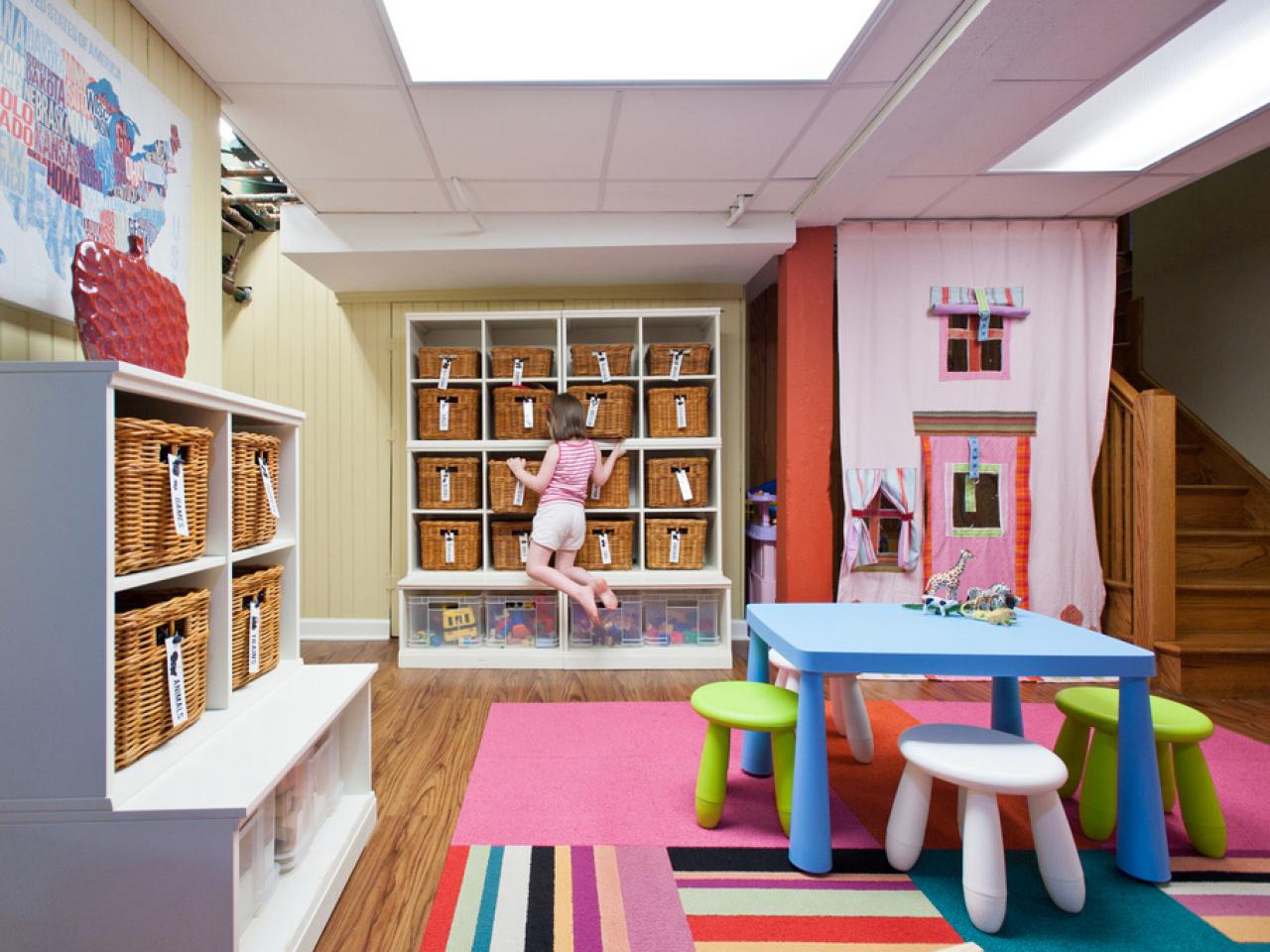

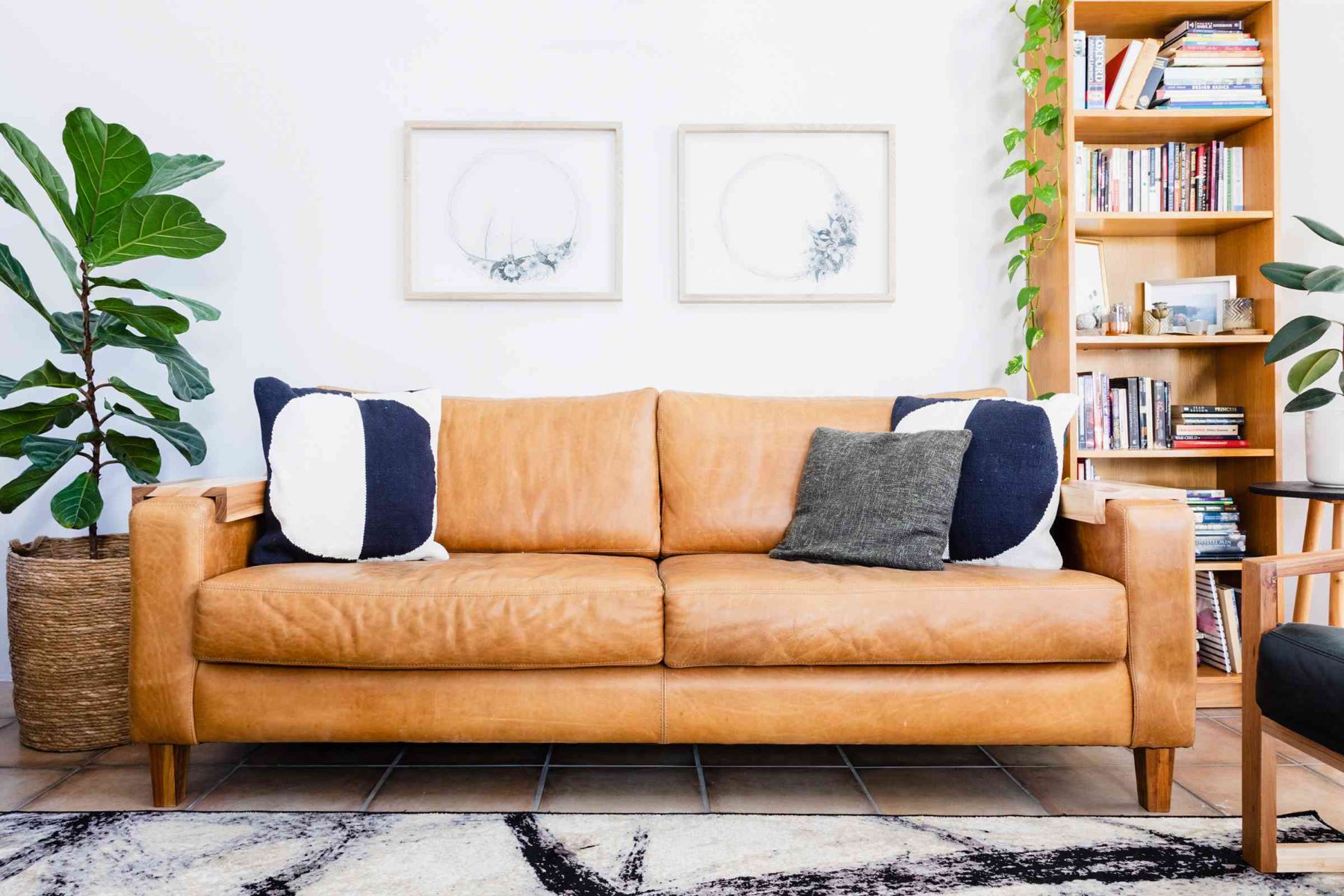
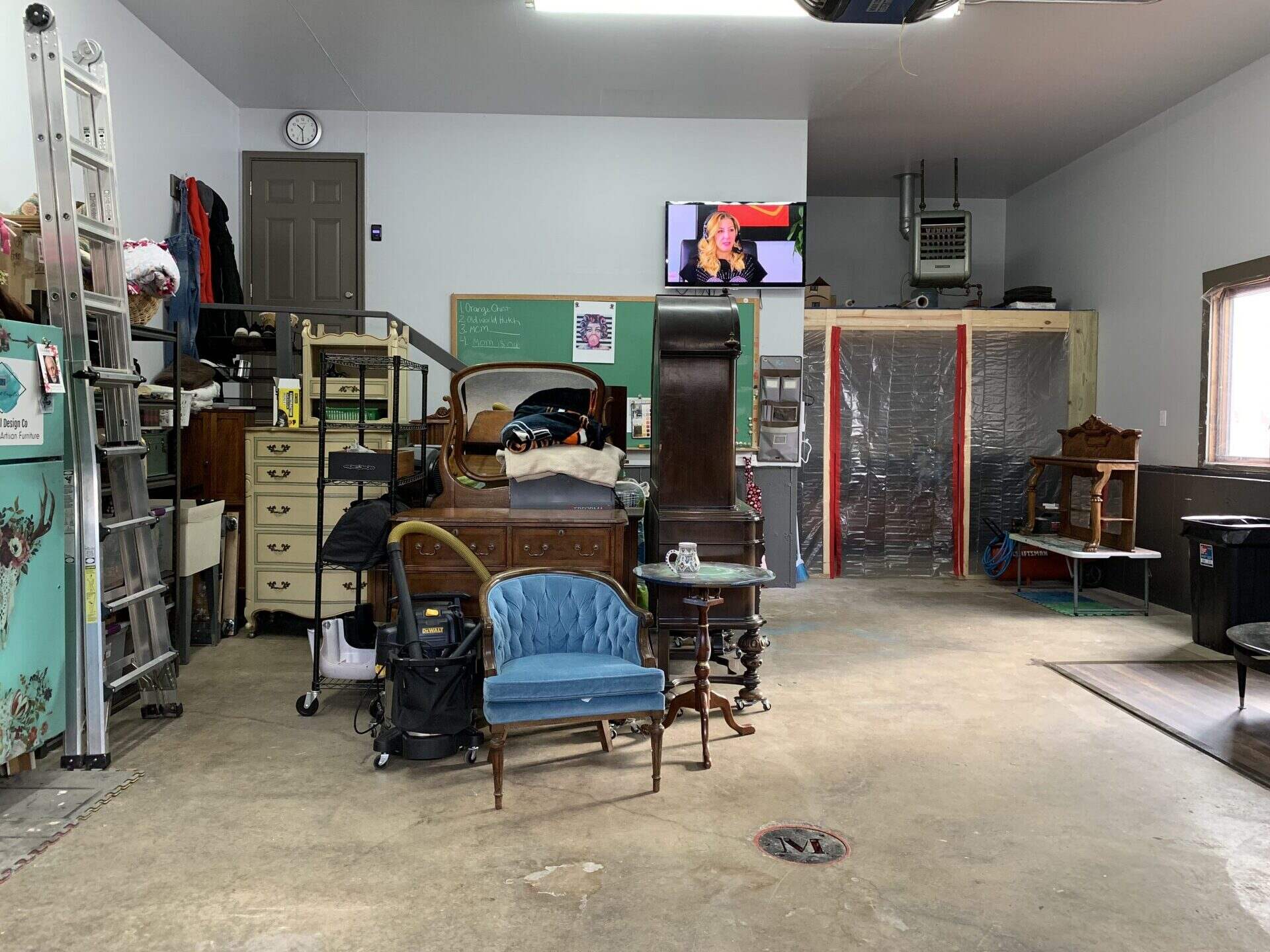
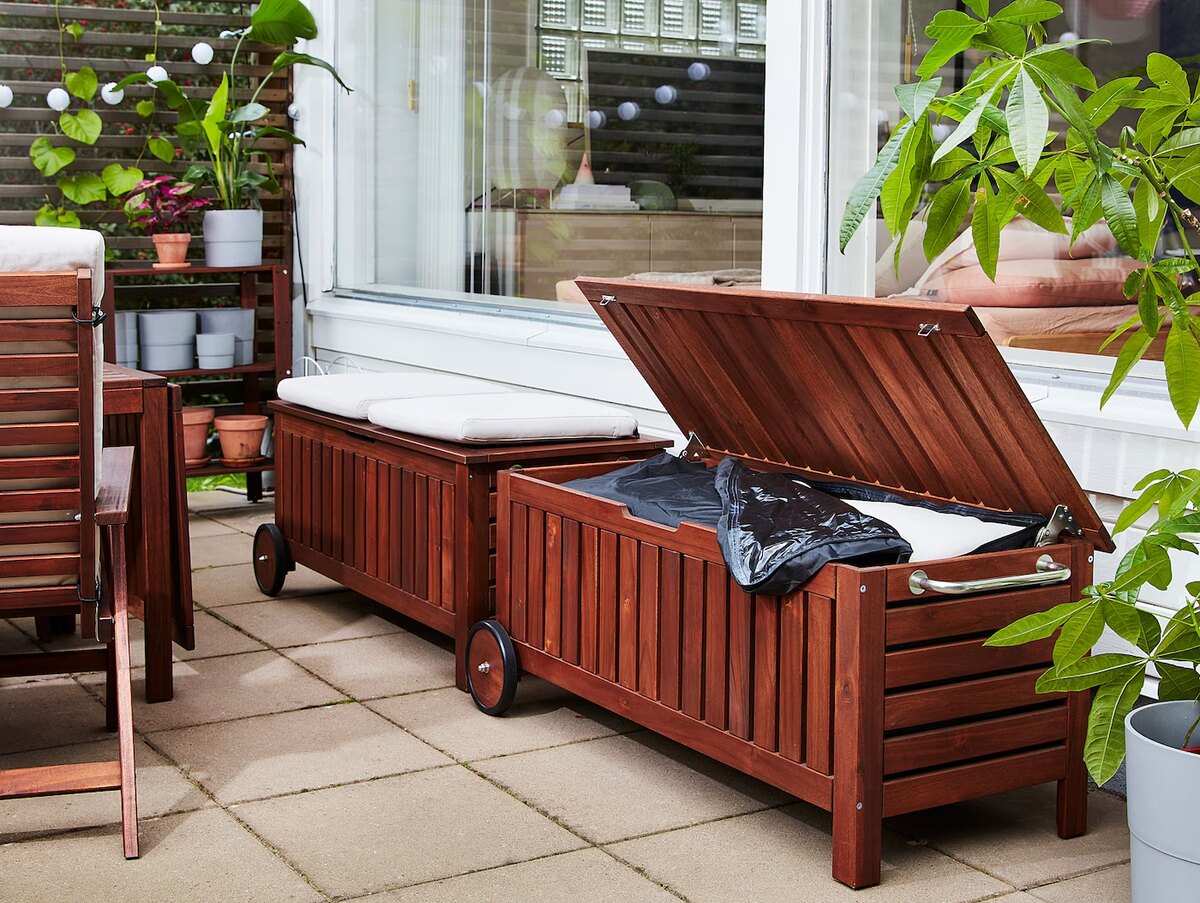
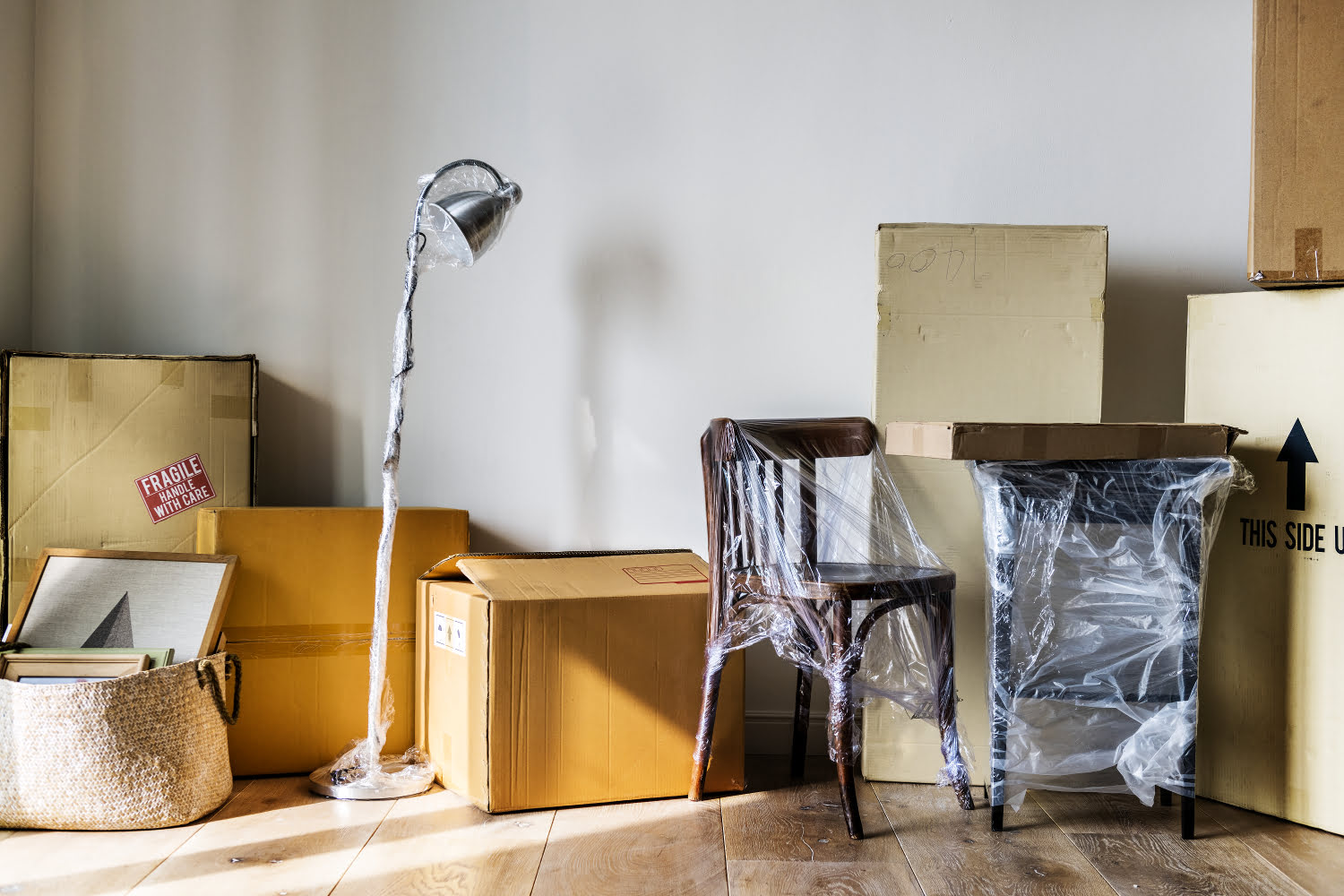
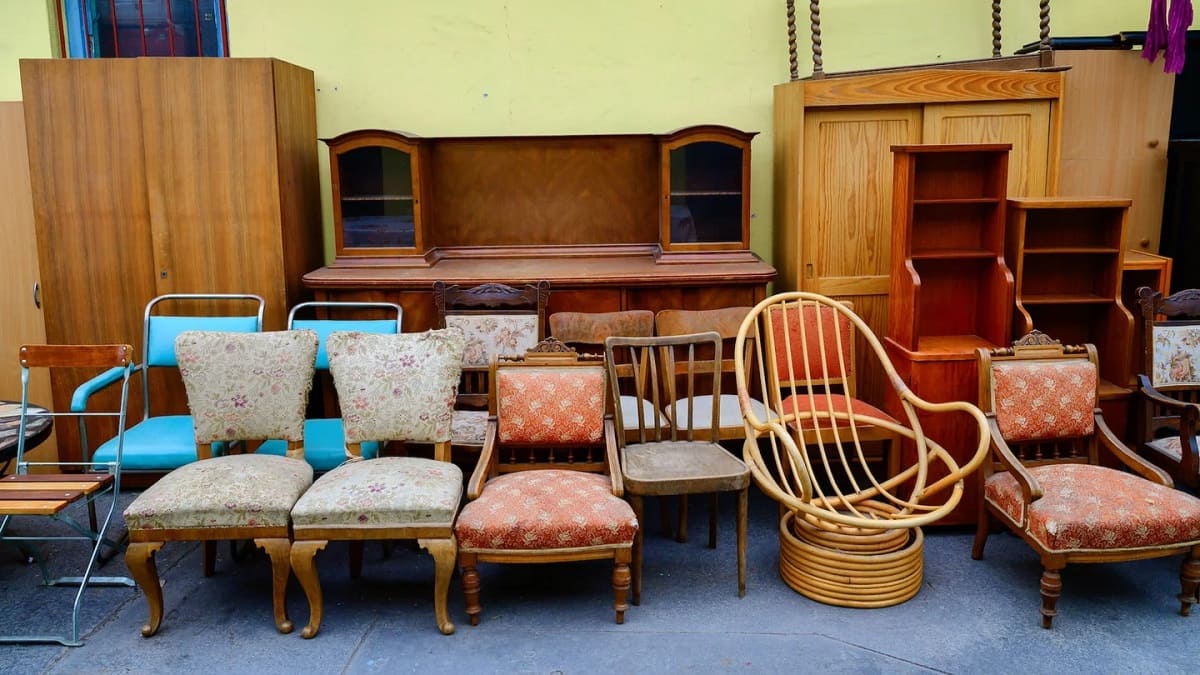
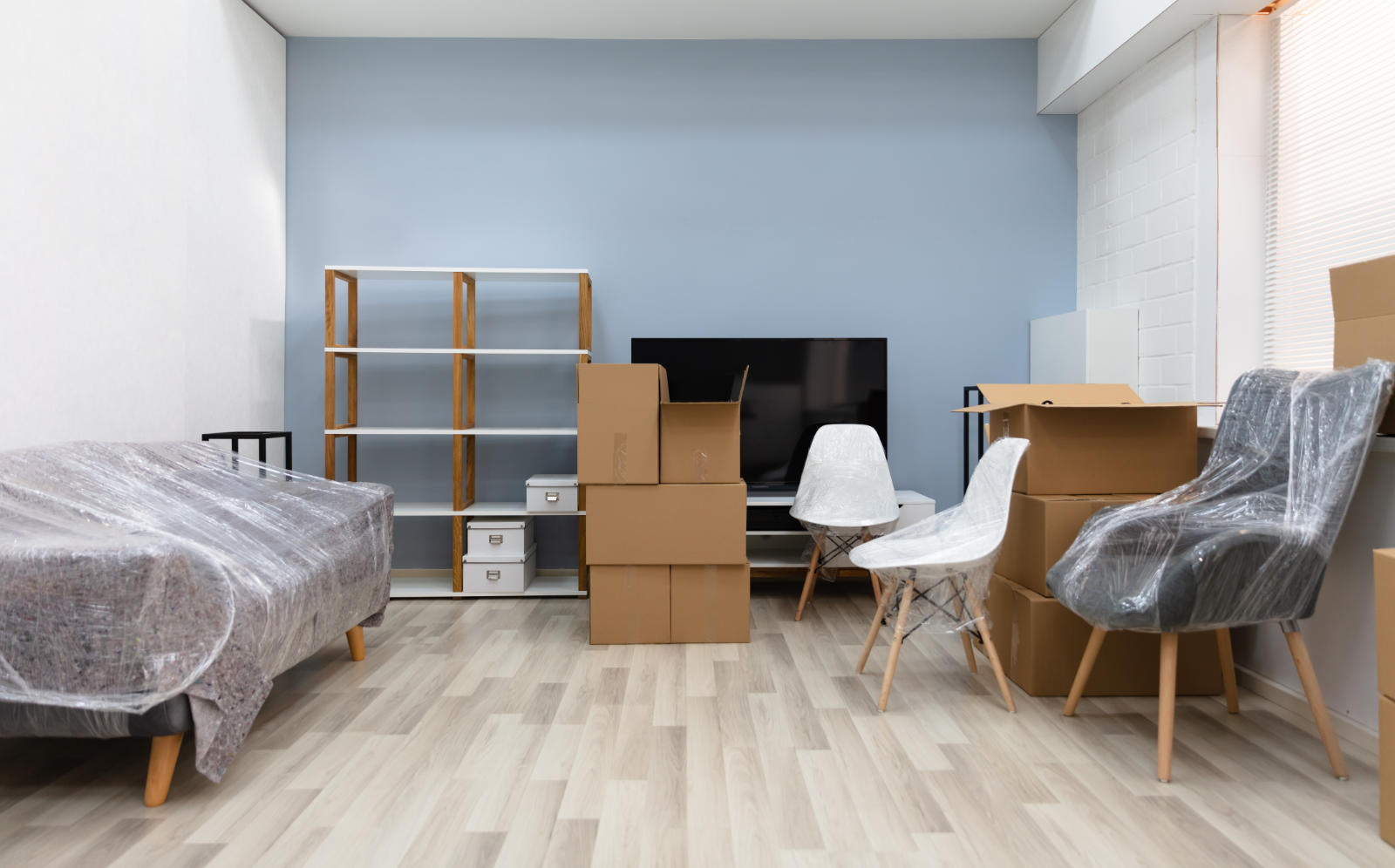
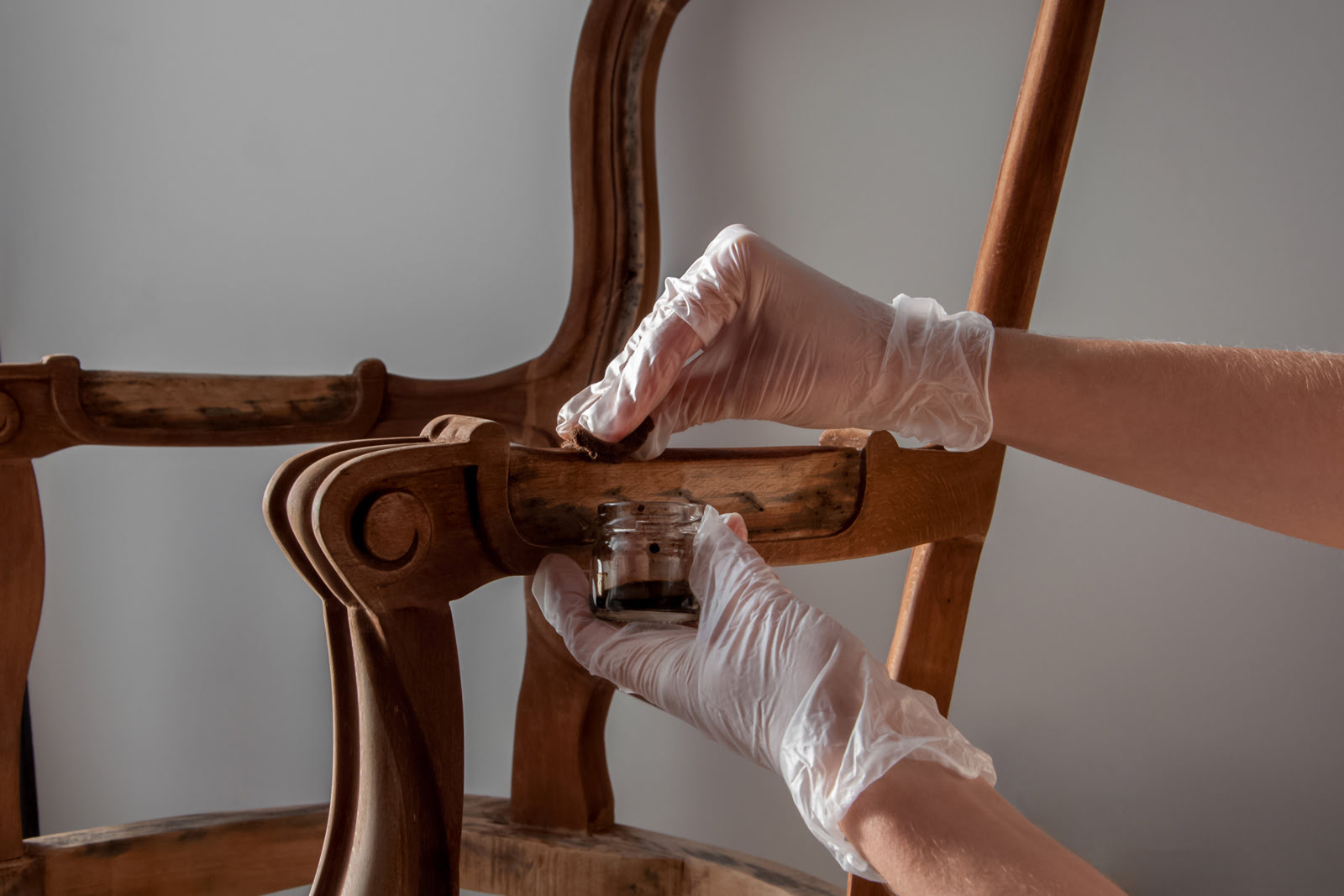
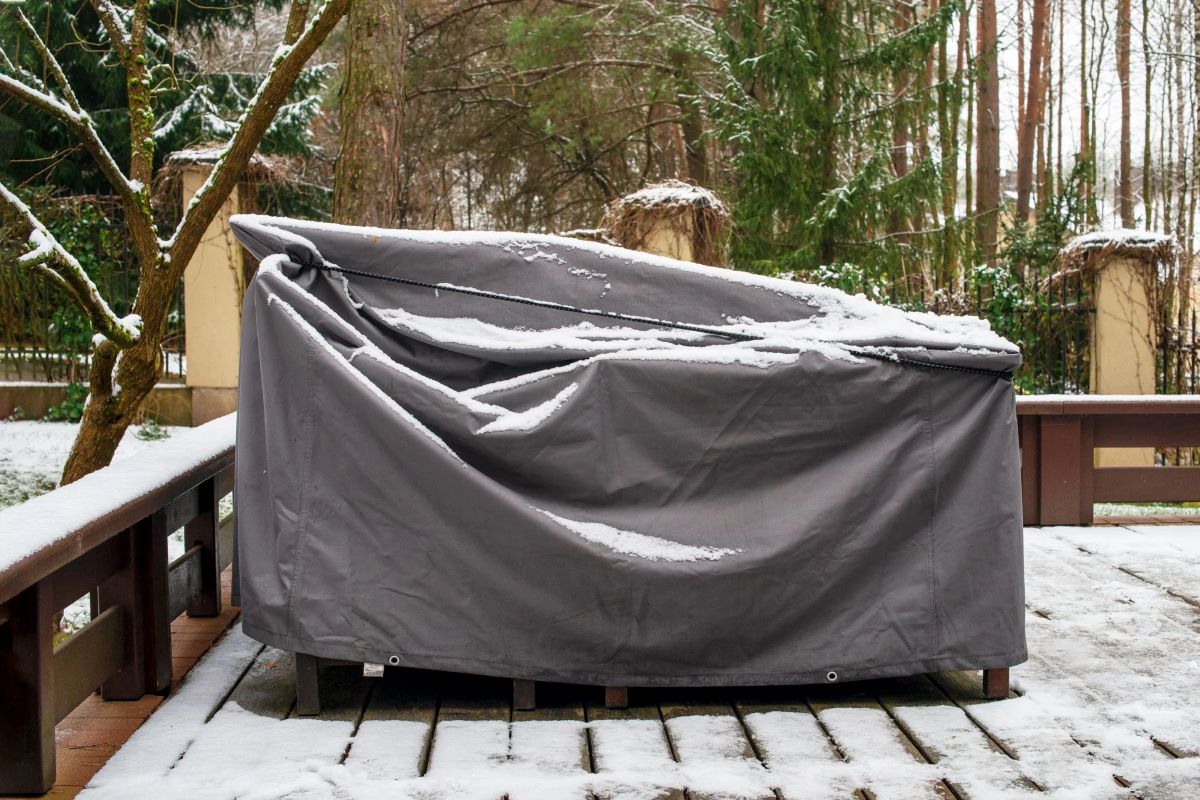
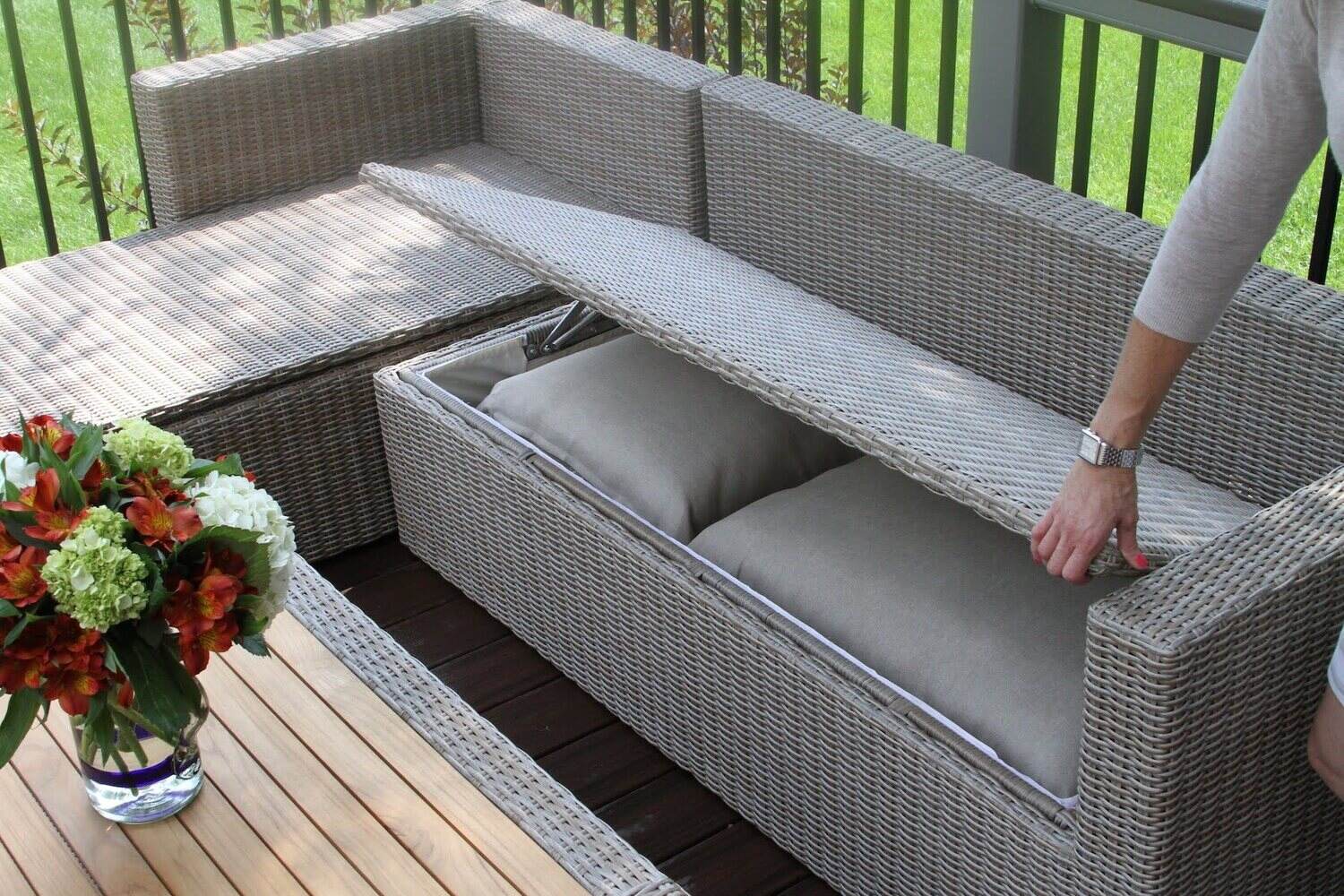
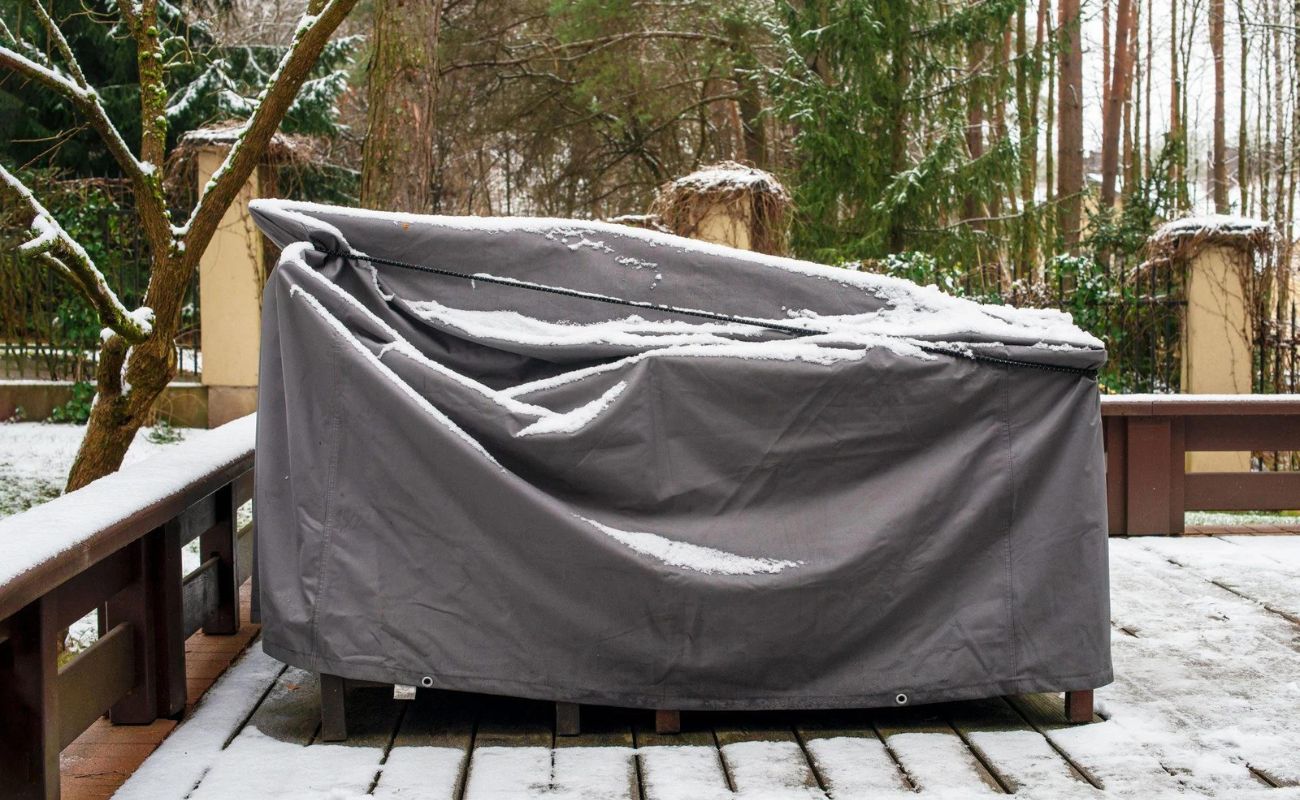
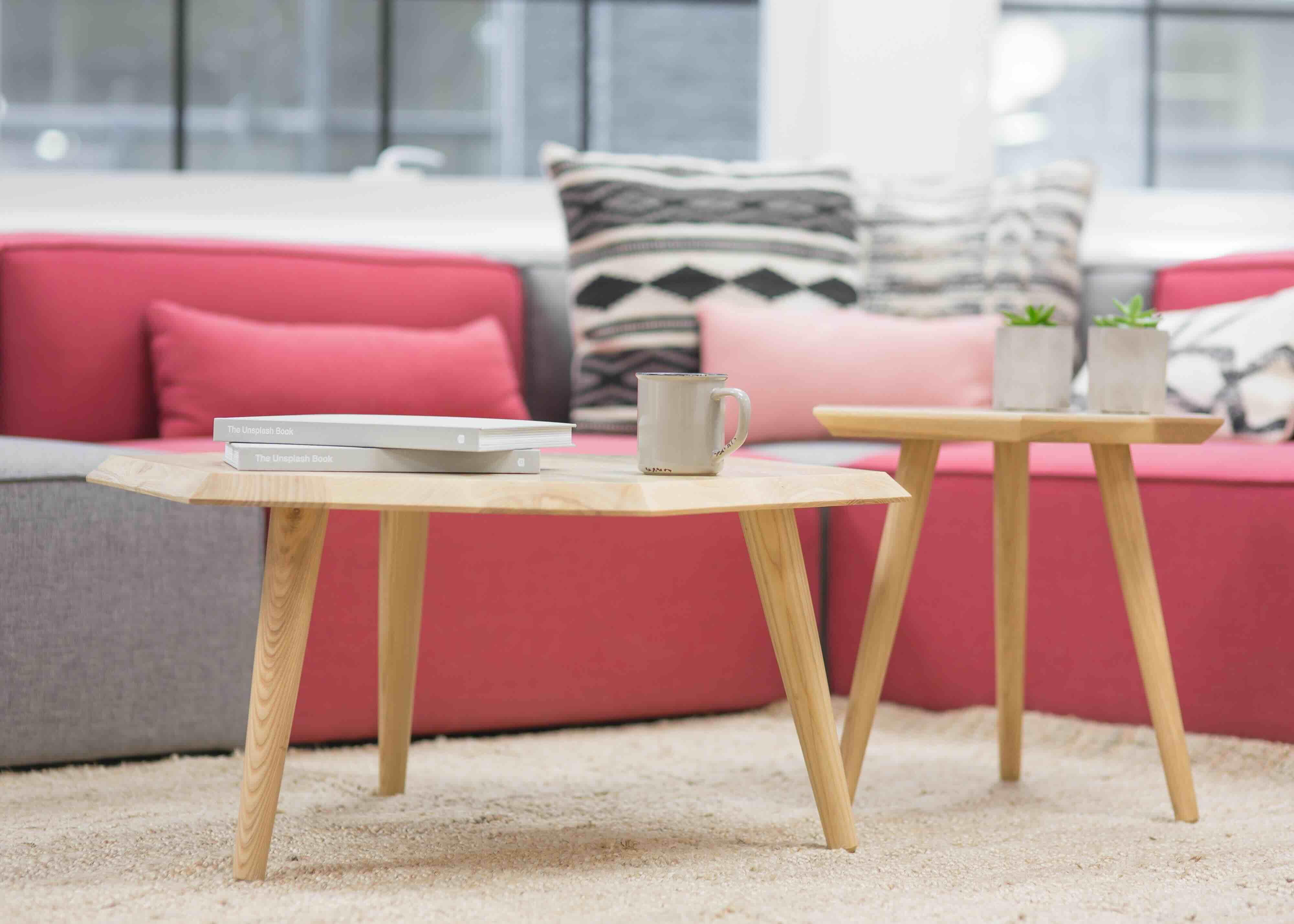

0 thoughts on “How To Store Furniture”